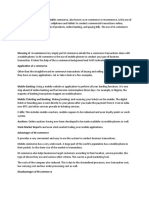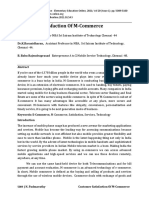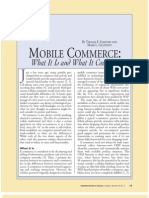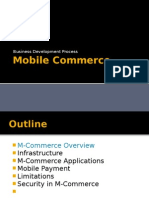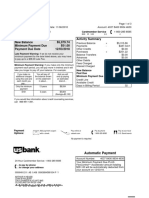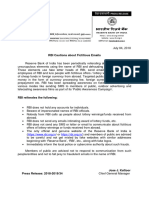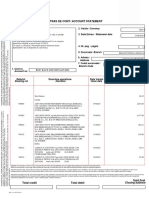0% found this document useful (0 votes)
17 views20 pagesM Commerce Overview
M Commerce refers to the buying and selling of goods and services through mobile devices, facilitating e-commerce via mobile banking, shopping, and payment transactions. Key components include mobile applications, optimized websites, and secure payment gateways, while trends like personalized marketing and mobile wallets are shaping its growth. The future of M Commerce will be influenced by advancements in technology and changing consumer behaviors, presenting opportunities for enhanced customer engagement and market expansion.
Uploaded by
keybord0044Copyright
© © All Rights Reserved
We take content rights seriously. If you suspect this is your content, claim it here.
Available Formats
Download as PPTX, PDF, TXT or read online on Scribd
0% found this document useful (0 votes)
17 views20 pagesM Commerce Overview
M Commerce refers to the buying and selling of goods and services through mobile devices, facilitating e-commerce via mobile banking, shopping, and payment transactions. Key components include mobile applications, optimized websites, and secure payment gateways, while trends like personalized marketing and mobile wallets are shaping its growth. The future of M Commerce will be influenced by advancements in technology and changing consumer behaviors, presenting opportunities for enhanced customer engagement and market expansion.
Uploaded by
keybord0044Copyright
© © All Rights Reserved
We take content rights seriously. If you suspect this is your content, claim it here.
Available Formats
Download as PPTX, PDF, TXT or read online on Scribd
/ 20

































